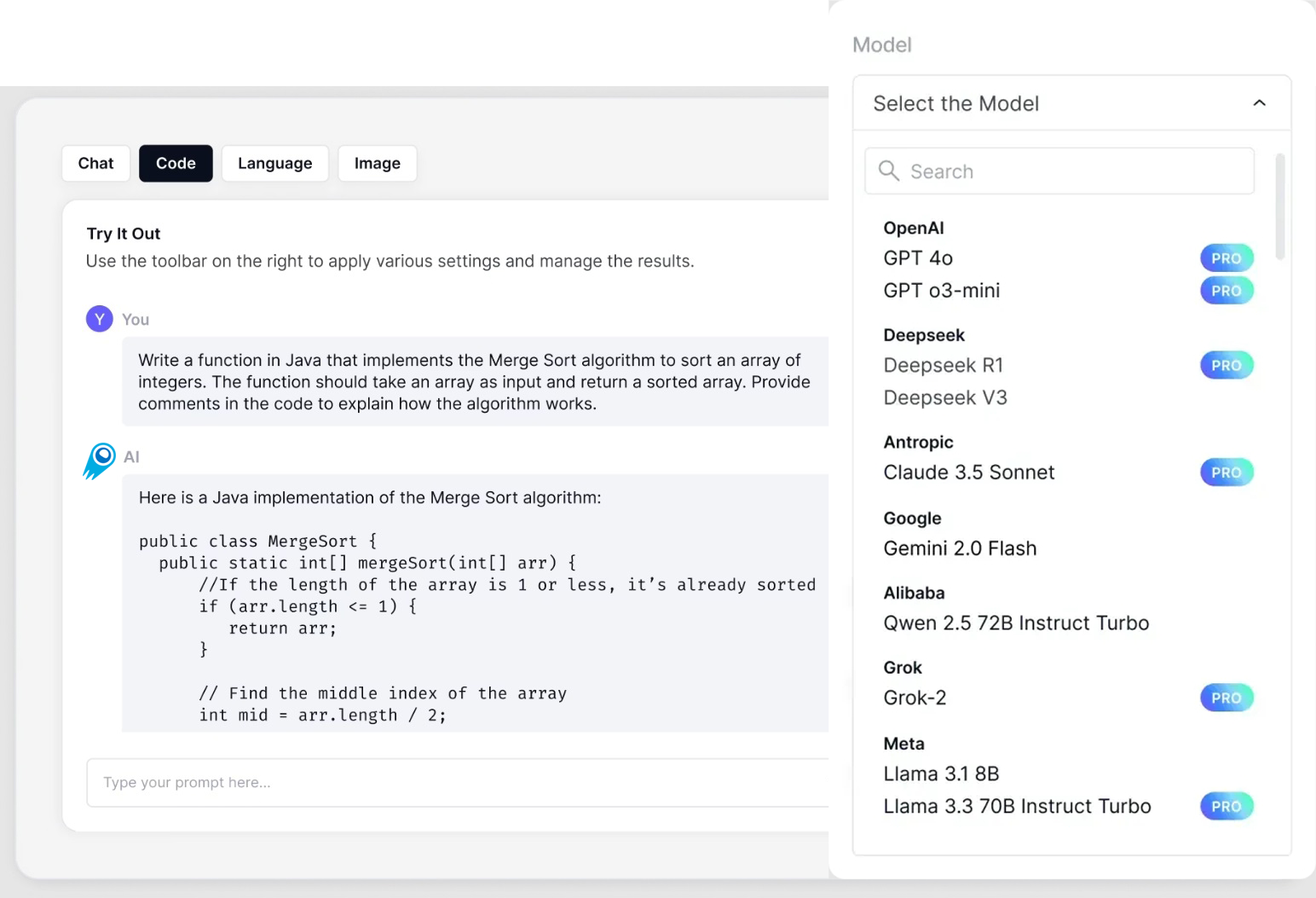The GPT-4.1 Nano API is OpenAI’s most compact and cost-effective language model, designed for high-speed performance and affordability. It supports a context window of up to 1 million tokens, making it ideal for applications requiring efficient processing of large datasets, such as customer support automation, data extraction, and educational tools.
Overview of GPT-4.1 Nano
GPT-4.1 Nano is the smallest and most affordable model in OpenAI’s GPT-4.1 lineup, designed for applications requiring low latency and minimal computational resources. Despite its compact size, it maintains robust performance across various tasks, making it suitable for a wide range of applications.
Technical Specifications
Model Architecture and Parameters
While specific architectural details of GPT-4.1 Nano are proprietary, it is understood to be a distilled version of the larger GPT-4.1 models. This distillation process involves reducing the number of parameters and optimizing the model for efficiency without significantly compromising performance.
Context Window
GPT-4.1 Nano supports a context window of up to 1 million tokens, allowing it to handle extensive inputs effectively. This capability is particularly beneficial for tasks involving large datasets or long-form content.
Multimodal Capabilities
The model is designed to process and understand both text and visual inputs, enabling it to perform tasks that require multimodal comprehension. This includes interpreting images alongside textual data, which is essential for applications in fields like education and customer service.
Evolution of GPT-4.1 Nano
GPT-4.1 Nano represents a strategic evolution in OpenAI’s model development, focusing on creating efficient models that can operate in environments with limited computational resources. This approach aligns with the growing demand for AI solutions that are both powerful and accessible.
Benchmark Performance
Massive Multitask Language Understanding (MMLU)
GPT-4.1 Nano achieved a score of 80.1% on the MMLU benchmark, demonstrating strong performance in understanding and reasoning across diverse subjects. This score indicates its capability to handle complex language tasks effectively.
Other Benchmarks
For tasks that require low latency, GPT-4.1 nano is the fastest and lowest-cost model in the GPT-4.1 family. With a 1 million token context window, it achieves excellent performance in a small size, 50.3% in the GPQA test, and 9.8% in the Aider multi-language coding test, even higher than GPT-4o mini. It is well suited for tasks such as classification or auto-completion.
Technical Indicators
Latency and Throughput
GPT-4.1 Nano is optimized for low latency, ensuring quick response times in real-time applications. Its high throughput allows it to process large volumes of data efficiently, which is crucial for applications like chatbots and automated customer service.
Cost Efficiency
The model is designed to be cost-effective, reducing the computational expenses associated with deploying AI solutions. This makes it an attractive option for businesses and developers looking to implement AI without incurring high costs.
Application Scenarios
Edge Computing
Due to its compact size and efficiency, GPT-4.1 Nano is ideal for edge computing applications, where resources are limited, and low latency is critical. This includes use cases in IoT devices and mobile applications.
Customer Service Automation
The model’s ability to understand and generate human-like text makes it suitable for automating customer service interactions, providing quick and accurate responses to user inquiries.
Educational Tools
GPT-4.1 Nano can be integrated into educational platforms to provide personalized learning experiences, answer student queries, and assist in content creation.
Healthcare Support
In healthcare, the model can assist in preliminary patient interactions, providing information and answering common questions, thereby reducing the workload on medical professionals.
See Also GPT-4.1 Mini API and GPT-4.1 API.
Conclusion
GPT-4.1 Nano stands as a testament to OpenAI’s commitment to developing AI models that are both powerful and accessible. Its efficient design, combined with robust performance, makes it a versatile tool across various industries. As AI continues to evolve, models like GPT-4.1 Nano will play a crucial role in democratizing access to advanced AI capabilities.
How to call GPT-4.1 Nano API from CometAPI
GPT-4.1 Nano Pricing in CometAPI:
- Input Tokens: $0.08 / M tokens
- Output Tokens: $0.32/ M tokens
Required Steps
- 1.Log in to cometapi.com. If you are not our user yet, please register first
- 2.Get the access credential API key of the interface. Click “Add Token” at the API token in the personal center, get the token key: sk-xxxxx and submit.
- 3. Get the url of this site: https://api.cometapi.com/
Code Example
- Select the “
gpt-4.1-nano” endpoint to send the API request and set the request body. The request method and request body are obtained from our website API doc. Our website also provides Apifox test for your convenience. - Replace <YOUR_AIMLAPI_KEY> with your actual CometAPI key from your account.
- Insert your question or request into the content field—this is what the model will respond to.
- . Process the API response to get the generated answer.
For Model lunched information in Comet API please see https://api.cometapi.com/new-model.
For Model Price information in Comet API please see https://api.cometapi.com/pricing

